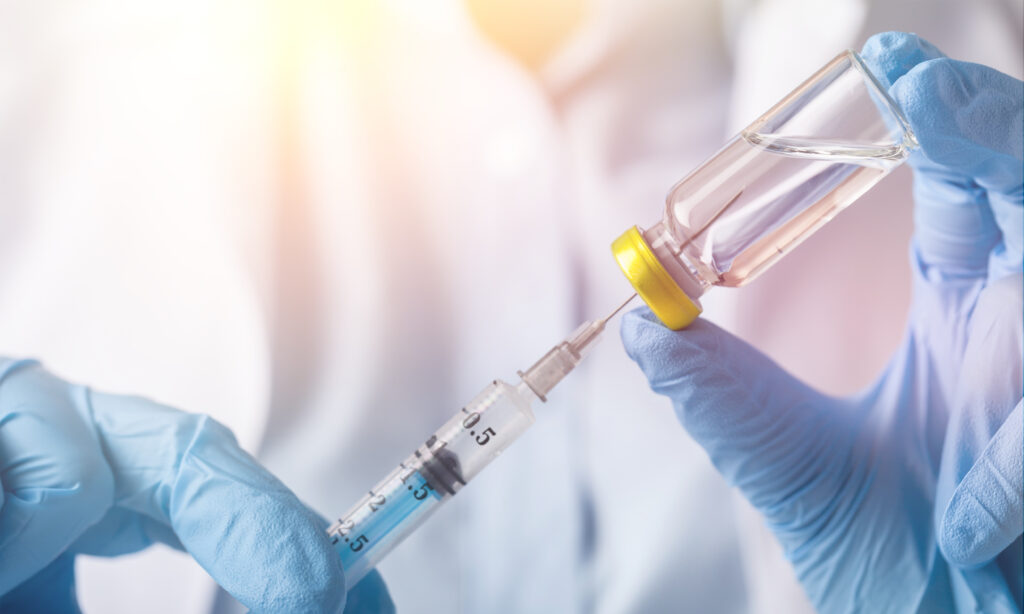
Simbec-Orion is an experienced pharmacovigilance service provider, capable of meeting your clinical trial and authorisation requirements, across phases I-III and post-market.
Simbec-Orion’s highly qualified team of pharmacovigilance experts, drawn from clinical research organisations (CROs) and across the pharmaceutical industry, collaborate with your teams to ensure you have the most appropriate pharmacovigilance, product surveillance and drug safety support for your needs. We have the facilities, technology and expertise to offer full pharmacovigilance services.

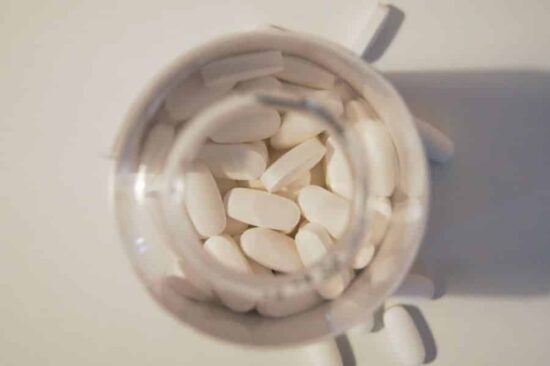
Pharmacovigilance
Services
- Signal detection, tracking and management
- Risk Management Plan development
- Translational services
- Literature search and review
- Qualified Persons for Pharmacovigilance (QPPV)
- Full reporting
With processing across:
- Triage
- Medical triage
- Data Entry
- Quality Review
- Medical Review
- Approval
- Submission
- Reconciliation (internally and with third parties)
What’s Included In Our Pharmacovigilance Service?
Determining drug safety
The benefits of a medicine must be weighed against its side effects. The acceptable level of risk is decided upon by the organisation developing the therapy, by the regulators who approve it for clinical development, and ultimately by healthcare professionals in consultation with their patients. Pharmacovigilance is essential for ensuring market drugs are safe and reliable.
Our pharmacovigilance services monitor and assess the possible risks of medicine throughout development, with a core focus on drug safety. Through pharmacovigilance clinical trials, clinical safety data are collected and continuously evaluated throughout the clinical development process. This data are used to assess and monitor the incidence of adverse drug reactions (ADRs) so they can be fully understood, and any necessary adjustments made to dosing advice, contraindications etc.
Risk Management Plans (RMPs)
All applications for products in the European Union (EU) require the submission of a Risk Management Plan (RMP).
A Risk Management Plan (RMP) should focus on the most important safety concerns, thereby prioritising the issues which are likely to have the greatest impact on patients. Effective Risk Management Planning is collaborative and requires input from multiple stakeholders.
Our pharmacovigilance services can include RMP development, working with internal and external stakeholders. It integrates seamlessly with our signal management services for a streamlined process. For example, we calculate and categorise each signal’s risk and assess their impact on the benefit-risk of the product. We then advise on any requirement to update the Risk Management Plan.
Pharmacovigilance Project & System Management
- Safety database hosting on Aris Global LifeSphere Safety MultiVigilance (LSSMV), a system that is 21 CRF part 11 and E2B R3 compliant. The system allows the accurate processing of cases for signal detection, aggregate report generation, and statutory electronic reporting to regulatory authorities.
- EudraVigilance Substance, Product, Organisation and Referential (SPOR) User registration and Responsible Person (RP)
- Extended Eudravigilance Medicinal product registration (xEVMPD) registration and regulatory intelligence monitoring
- Safety data migration
- Development of the pharmacovigilance system master file (PSMF)
- Safety Data Exchange Agreements (SDEA) authoring/management
- Quality system and Standard Operating Procedures (SOPs)
- Audits and Inspections services
Supporting you at every stage
Our pharmacovigilance service team works with you to ensure your products are compliant with the latest EU & FDA regulations at every stage of your product development lifecycle; from FiH, through clinical development and pre/post marketing. At Simbec-Orion we provide best-in-class comprehensive pharmacovigilance services and high standard quality processes using our technologies, partnering with pharmaceutical companies to ensure patient safety.
Pharmacovigilance
Research & Development
Aggregate report writing (Development Safety Update Report (DSUR), Periodic Safety Update Report (PSUR) and Periodic Adverse Drug Experience Report (PADER))
- Development of Risk Management Plans (RMPs)
- Pharmacovigilance signal detection, evaluation, and validation
- Qualitative Signal detection and case processing
- Literature search and review
- Unblinding services for regulatory reporting (unblinding in clinical trials)
- Translational services
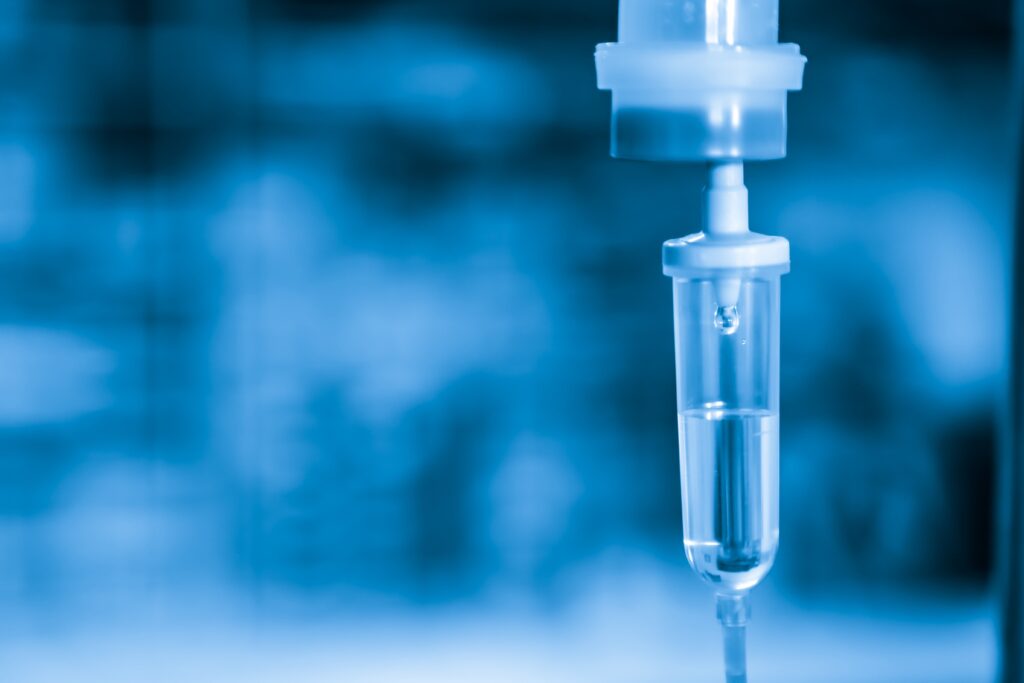

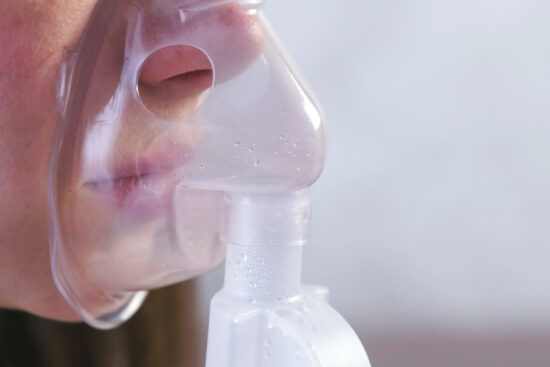
Post Marketing
Pharmacovigilance
- Our clinical trial and post-marketing Pharmacovigilance reporting capabilities are backed by our regulatory intelligence, for both individual expedited reporting and aggregate report submissions to regulatory Authorities, Ethics committees /institutional review boards and investigators.
- ICSR Management: Clinical trial and post-marketing case processing
Expert Pharmacovigilance
Team & Partnering Companies
- Communication with Regulatory Authorities
- European Economic Area (EEA) Qualified Persons for Pharmacovigilance (QPPV)
- Clinical trial safety committee management to fulfil clinical endpoint committee (CEC) and data safety monitoring board (DSMB) requirements.
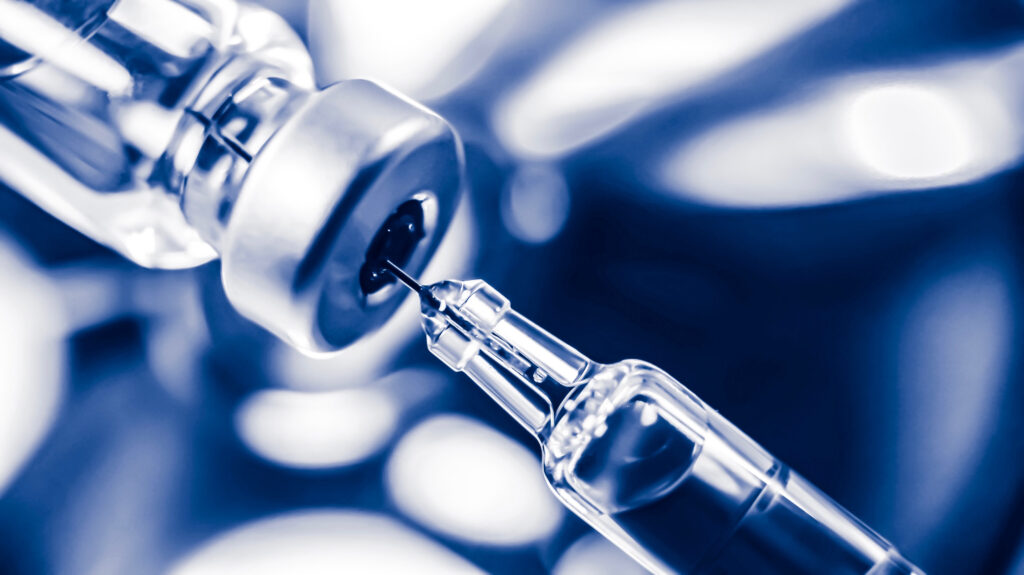
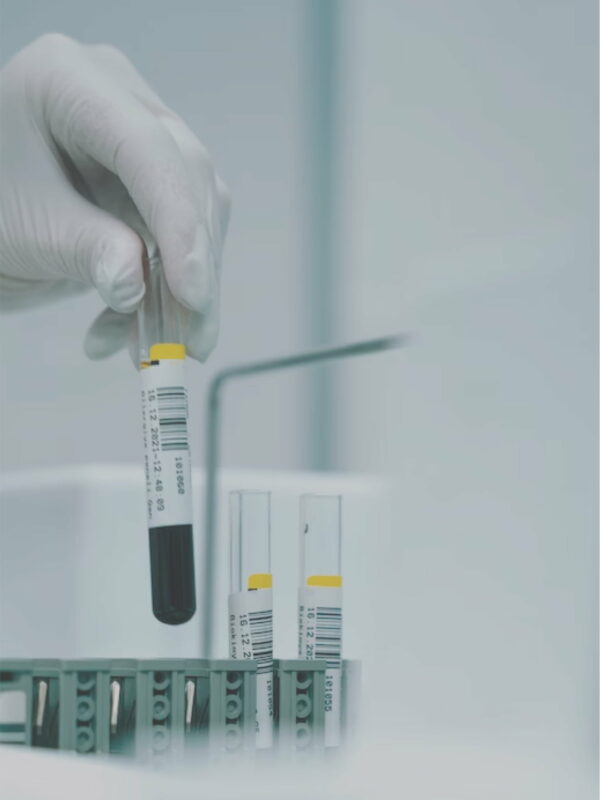
What our
Clients Say About Us
Simbec-Orion have great flexibility and a collaborative working style. Data management support for our study has been fantastic – the best data manager I have ever worked with. We have had a good Project Manager and our statistics lead has been diligent, flexible and always delivered. Despite many changing parts, the team’s dedication has ensured all timelines were met.
CMO
UK Pharmaceutical company, Respiratory




